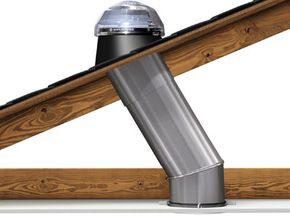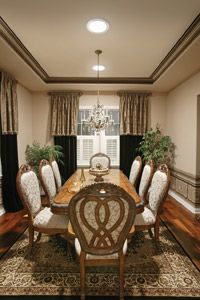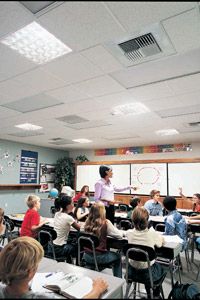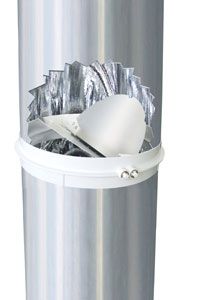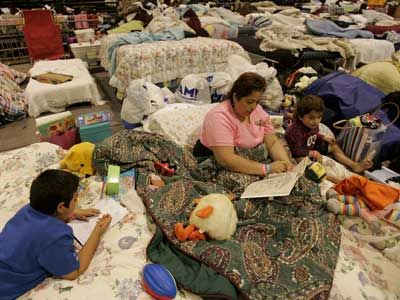There's nothing quite like being stuck inside a building on a nice day. If you could just get outside, you could enjoy the sunlight instead of the glow of fluorescent or incandescent light bulbs. If you're lucky, you sit near a window and can get some of the benefits that way. But if you're not close to a window, your situation might seem pretty bleak. There's just no substitute for the light of the sun.
That's one reason many architects are looking into ways to maximize natural lighting within buildings. But the reasons go beyond psychological effects. Sunlight is clean energy -- it reduces the need to use lighting solutions that require electricity. It's also free. A free, clean lighting source that helps people stay motivated and happy sounds too good to be true.
Advertisement
In fact, there are a few problems that come along with natural lighting. One is that it depends entirely on the sun's schedule -- once night falls, you're out of luck. Sunlight isn't constant -- as the day progresses, windows or skylights will receive more or less sun. Another problem is that the sun's position in the sky changes slightly during different parts of the year. A window that gets a lot of sunlight during the summer months may not receive as much in the winter. And it's not like you continually can change the position of windows or skylights to compensate for the sun's position.
That's where daylighting devices come in. Basically, a daylighting device is an object that collects, transmits and emits daylight into a building or other structure. A building with daylighting devices can use sunlight to provide a natural alternative to electric lighting even in rooms that have no windows.
Daylighting devices give architects more flexibility compared to skylights -- the part of the device that collects sunlight doesn't have to be directly above the room you want to light. Even if the section of roof above the room in question is normally in shadows, you have options. A daylighting device can collect light from a sunny part of the roof and transmit it to nearly any room.
It sounds a bit like magic, but it's all based on some fairly simple scientific principles. We'll take a look at the basic parts of a daylighting device and find out how they work together in the next section.
Advertisement
